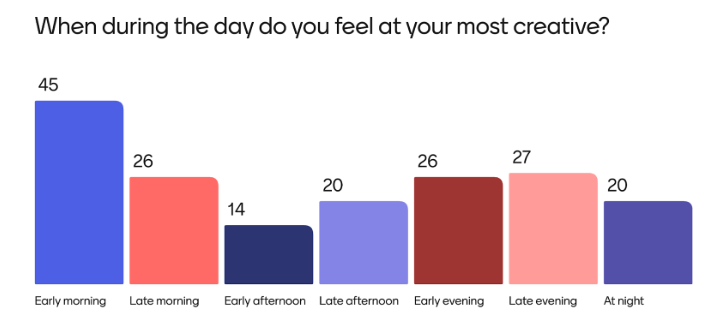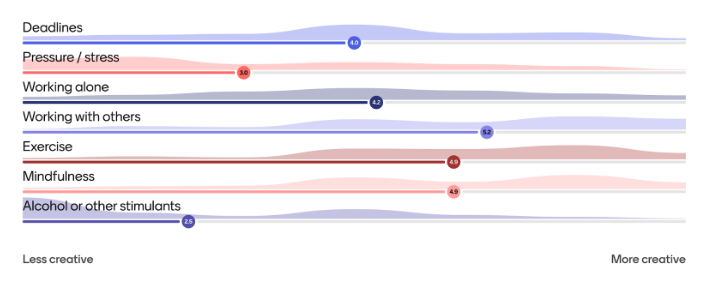LAS is an award-winning provider of elearning consultancy, design, development and training services in the UK and internationally.
Established in 2005 as LearningAge Solutions, we work with some of the best known organisations in the world to boost their performance through the innovative use of learning technologies. Working in partnership with our customers, we draw on proven principles from human behaviour, how people learn and how the brain works to create impactful digital learning solutions with real return on investment.

Rob is a designer through and through who is fascinated by how we learn, what we remember and why we pay attention to certain things. He is a huge enthusiast of all that technology can offer to enhance learning and has completed a huge variety of projects in his 14 year career.
He is the editor and co-author of The Really Useful eLearning Instruction Manual published by Wiley and featuring contributions from the brightest and best elearning minds on both sides of the Atlantic.
by Rob Hubbard
Posted 6 November 2025
As LAS turns 20 years young, I’ve been reflecting on what I’ve learnt about building creativity and resilience from running LAS. Both of which have been vital to both our success as a company and my personal wellbeing over this time!

We’ve been running a longitudinal creativity study as part of our L&D Evolution programme for about 18 months now, with data from around 100 respondents. The data reveals distinct patterns in when individuals experience their highest creative output. Surprisingly, there's often a pronounced dip during standard working hours! Many find they are at their creative best first thing in the morning and then again later in the day. This suggests that energy levels and the amount of ‘mental clutter’ significantly influence creativity. After a restful night's sleep, our brains are refreshed and less burdened by daily distractions, allowing us greater focus. Similarly, as the day winds down, with tasks completed and a more relaxed mind, there's renewed space for creativity.
A proven creative process
I’ve used a powerful creative process for many years that I learnt from John Cleese. It involves a three-step approach:
This method highlights the power of the subconscious in problem-solving and design, often leading to sudden insights - the ‘inspiration from heaven’. We’ve even built a methodology to leverage this approach in a team setting, called a Design Jam.
Optimising your schedule for creativity
Like our own creativity study, brain studies show a natural, measurable dip in brain activity, often referred to as a "post-lunch slump," typically occurring around 2:00 to 2:30 PM. This period is therefore less ideal for highly creative work or important meetings requiring critical decision-making. Instead, schedule your most creative tasks for your peak creative times and utilise the post-lunch slump period for administrative or more repetitive tasks (or a nap, which seems very sensible from a cognitive science perspective. That’s my excuse and I’m sticking to it!).
The ideal mindset for creativity

Our data indicates that an ideal mindset for creativity is associated with positive emotions, including feeling energised, excited, inspired, and happy. This state is indeed correct for the initial spark of idea generation. However, another form, ‘iterative creativity’, involves continuously refining and improving something. This process, which is often demanding, benefits from a more inward-looking, focused state.
Factors that influence creativity

Several factors can significantly impact your creative output, reflect on how they influence you:
Ultimately, cultivating creativity involves self-reflection, identifying what personally helps you, and experimenting with various techniques to discover what works best.
Resilience: The power of adaptability
True resilience is not about being an unyielding, unchanging force. A more powerful form of resilience lies in adaptability and flexibility. Consider the way an ecologically diverse natural forest is resilient to change. The ability to be agile and adapt to evolving circumstances is a cornerstone of enduring success. As a company, being light on our feet and adaptable has been a big part of our success.
Building your personal resilience toolbox
Here are strategies that work for me in building and maintaining my personal resilience:
A loooong line of survivors
I find it really empowering to reflect that I (and you, and every living thing on this planet) come from an unbroken line of survivors, stretching back 4 billion years to the first life on Earth. Every ancestor had the resilience, ingenuity, resourcefulness and luck to survive and reproduce. This inherent resilience is a fundamental human trait, a deep wellspring of strength we can all draw upon when facing life's inevitable challenges. We are naturally adaptable problem-solvers; creative beings, equipped with the innate tools to navigate difficulties, just as our ancestors have done countless times before.